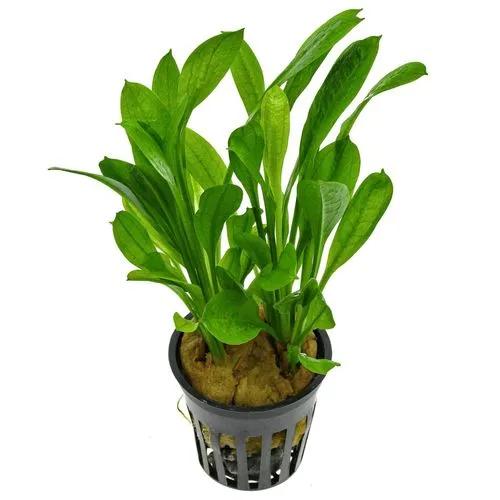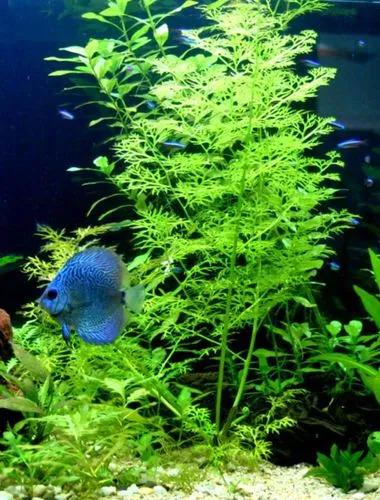Typha latifolia (cattails) are among the most common of all aquatic plants. They are often a nuisance but also perform an important function in keeping a lake healthy by filtering the runoffs. Typha latifolia form dense monocultures when there is a wetland disturbance. They can reach up to 2 or 3 metres and grow prolifically from thick underground rhizomes, forming dense rhizome mats and litter which has an impact on species diversity by alteration of habitat. Dense Typha latifolia growth and litter may reduce the opportunity for other plants to establish or survive.
Broadleaf Cattail Care
Typha Latifolia



How to Care for the Plant

Water

The area near a large landscape pond or water garden is ideal for cattails, since they thrive in consistently moist soil. A cattail can tolerate short periods of dryness, but may suffer damage during long droughts. Too much wetness is also a danger, since immersing the plant in water that is too deep can cut the lower parts off from the sun and even suffocate the root system. Keeping cattails in water that is about 12 inches deep will ensure enough sunlight gets to the lower parts of the plant.

Sunlight

Cattails can withstand periods of partial shade, but require full sunlight for the best results, soaking up eight hours or more per day. Planting in an area that is not overshadowed by trees, walls or fences will maximize the amount of light your cattails receive. Healthy cattails grow tall quickly, sometimes crowding out other plants and cutting off their access to light and nutrients.

Soil

Because cattails grow in the muddy areas around rivers and ponds, they are accustomed to silty soil that is rich in nutrients. Providing cattails with a low phosphorus balanced fertilizer will provide them with the macronutrients they need, including nitrogen and potassium as well as several micronutrients, such as calcium, copper and molybdenum. A low phosphorus fertilizer can also help prevent excess phosphorus -- which can spur harmful algae blooms -- from escaping into the water feature.

Popularity

394 people already have this plant 122 people have added this plant to their wishlists
Discover more plants with the list below
Popular articles






